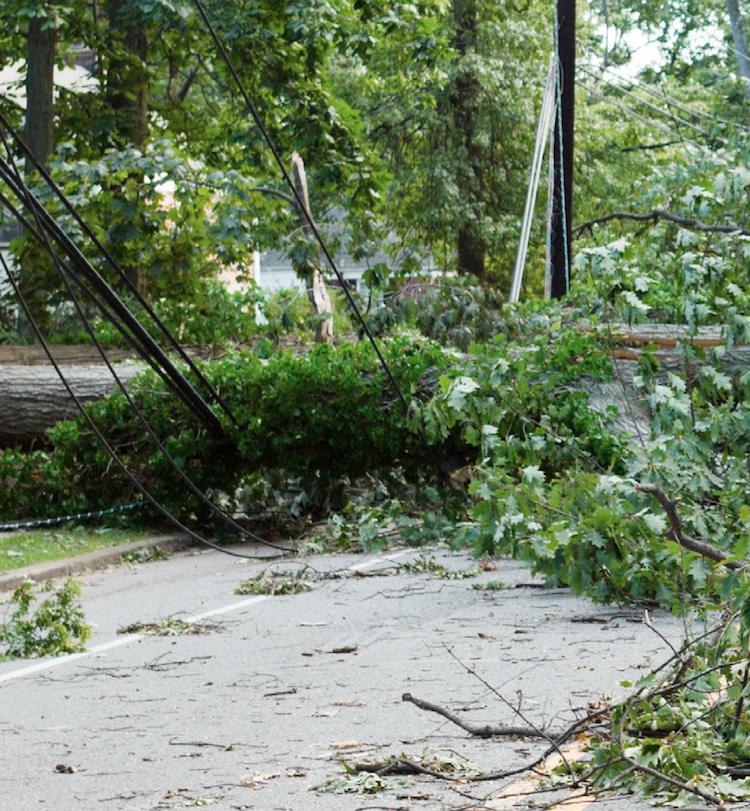Legislation was introduced that would allow certain electrical utilities to “securitize” costs associated with storm damage. Securitization is a way for utilities to recover large costs, like those associated with storm damage, while allowing consumers to potentially save money in the long term.
Storm Costs- How Utilities can use Securitization
Large storms can often cause major damage to a utility’s infrastructure. The utility must fix this damaged infrastructure to keep electricity flowing and bring the electric grid back to normal operations. These repairs come with a cost.
A utility typically pays for these costs by seeking a rate increase. The utility must request the ability to raise rates from the Public Service Commission of South Carolina (PSC) before it can pass the costs to consumers. Securitization can be used to potentially avoid costs being added to base rates and lower the amount consumers will pay in the long term.
Securitized assets generally have lower interest rates because they are secured by the high likelihood of consumers paying their bills. This means the storm damage costs can be turned into a bond and sold to a third party at a lower interest rate than if the utility passed on the cost to consumers through traditional methods of cost recovery. Using Securitization, the utility receives recovery for its investment in infrastructure sooner rather than waiting to receive recovery through base rates.
What’s the impact to consumers?
Securitized assets can reduce the costs to consumers compared to the traditional method of storm cost recovery. The cost of the securitized asset may be lower than the utility’s typical cost of debt, which reduces the monthly bill impact to consumers. The bonds generally carry lower interest rates because they are secured by the high likelihood of consumers paying the storm charge. The securitized storm costs are not added to base rates but show up on a consumer’s bill as a separate line item over the life of the bond.
The Securitization Process
Utilities covered by Securitization legislation could ask the PSC for a financing order that would allow the issuance of bonds to recover costs related to storms.
1. Storm Costs
When a large storm goes through a utility’s territory, it can often cause damage to the utility’s infrastructure. Costs are associated with fixing the damaged infrastructure.
2. Regulatory Approval
The utility can ask for a financing order from the PSC. The utility provides a comparison between securitizing the storm costs and recovering the costs through the traditional method of storm cost recovery. The comparison should demonstrate that securitizing the costs will provide net benefits to consumers. The PSC determines whether Securitization is the best solution for consumers. The PSC’s financing order sets the recoverable costs and allowable financing costs to be securitized and authorizes a special charge on consumers’ bills to repay the securitized assets. Receiving a financing order does not mean the utility will follow through with Securitization.
3. Bond Issuance
If granted by the PSC, a financing order allows a utility to bundle storm charges into a bond to sell. The PSC can review the final proposed terms of issuing the bond and choose not to issue the bond if it appears likely that consumers would not benefit.
4. Storm Recovery Charge
The charges associated with Securitization will show up on a consumer’s bill as a separate line item over a set amount of time. When the consumer pays the charge, it goes to the utility, which passes the charge on to the third party.
